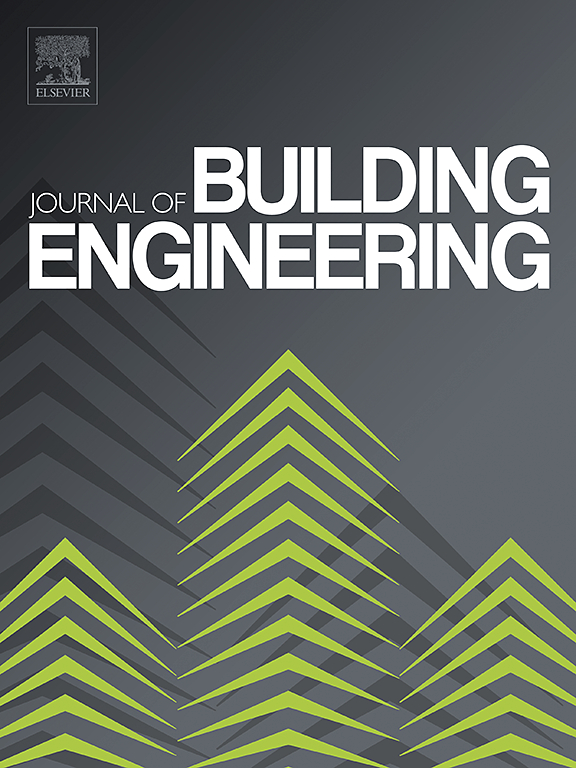Study on the mechanical behavior of the exterior wall of old masonry structures with the integration of reinforcement and insulation
IF 6.7
2区 工程技术
Q1 CONSTRUCTION & BUILDING TECHNOLOGY
引用次数: 0
Abstract
Reinforcement has high requirements in terms of efficiency, and rapid reinforcement reduces the impact on people's travel. A masonry structure is a relatively common structural form, but many masonry structures lack insulation systems, so this work systematically studied the integration of thermal insulation. In this test, two comparison components and two grouting and reinforcement components were prepared for the axial compression test and quasi-static test. In terms of materials, to ensure the accuracy of the test, this work selects old sintered bricks of the same era. In terms of the strength of the mortar, weakening was performed. The test results show that in the axial compression test, the peak load of axial compression increased by 80 %, and the energy consumption increased by nearly 800 %. In the seismic test, the displacement increased by 108 %, and the energy dissipation capacity of the specimen increased by 110.5 %. Thus, when an earthquake strikes, the masonry structure can absorb more energy. In numerical simulations, the use of separate and integral modeling can ensure the model convergence and accurately reflect the failure of cracks. The model results show that the load displacement curve is similar to the test value in terms of axial compression. In the quasi-static test, the stress contours, skeleton curves, and failure phenomena obtained are close to the test values, and the error is approximately 5 %.
求助全文
约1分钟内获得全文
求助全文
来源期刊

Journal of building engineering
Engineering-Civil and Structural Engineering
CiteScore
10.00
自引率
12.50%
发文量
1901
审稿时长
35 days
期刊介绍:
The Journal of Building Engineering is an interdisciplinary journal that covers all aspects of science and technology concerned with the whole life cycle of the built environment; from the design phase through to construction, operation, performance, maintenance and its deterioration.
 求助内容:
求助内容: 应助结果提醒方式:
应助结果提醒方式:


